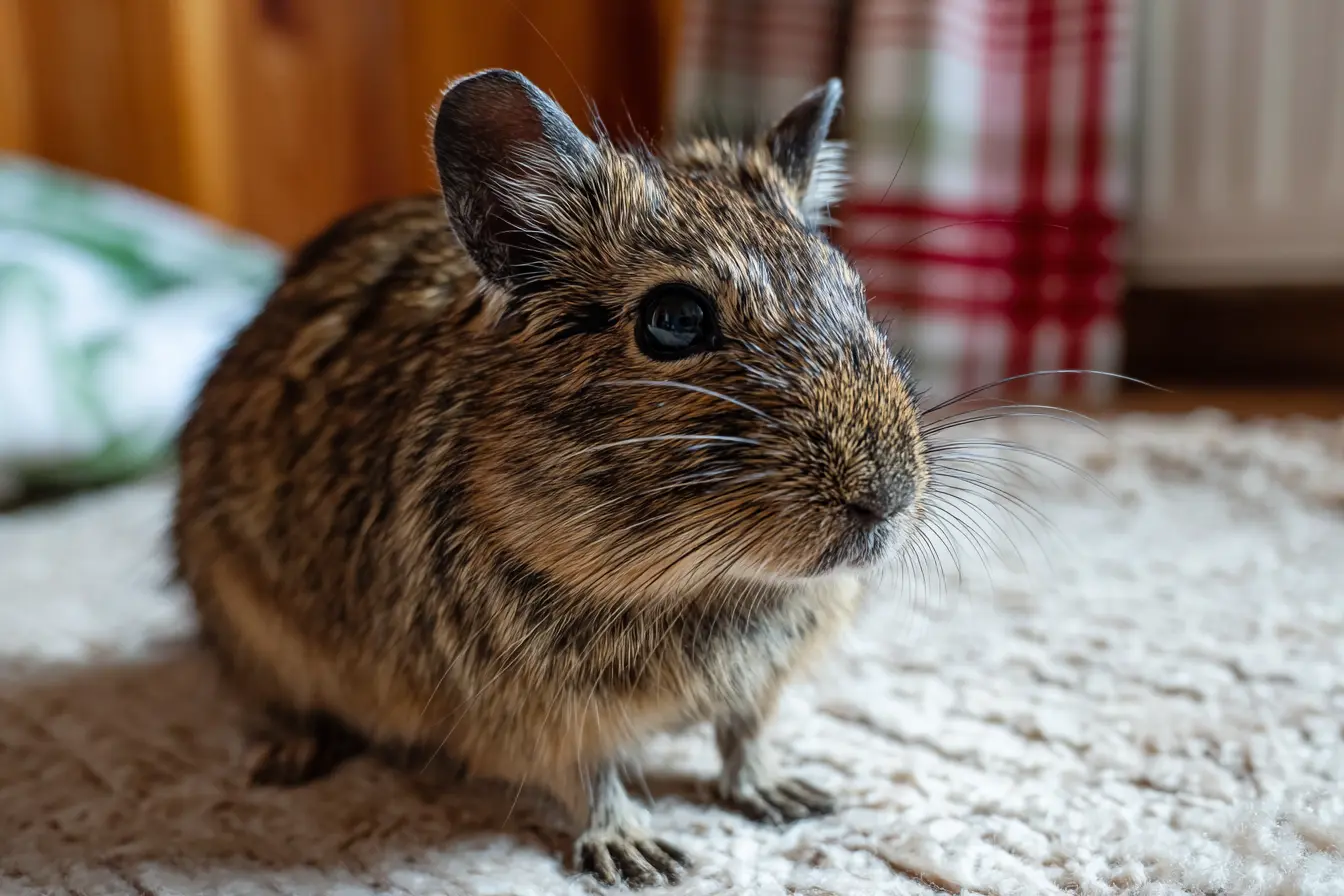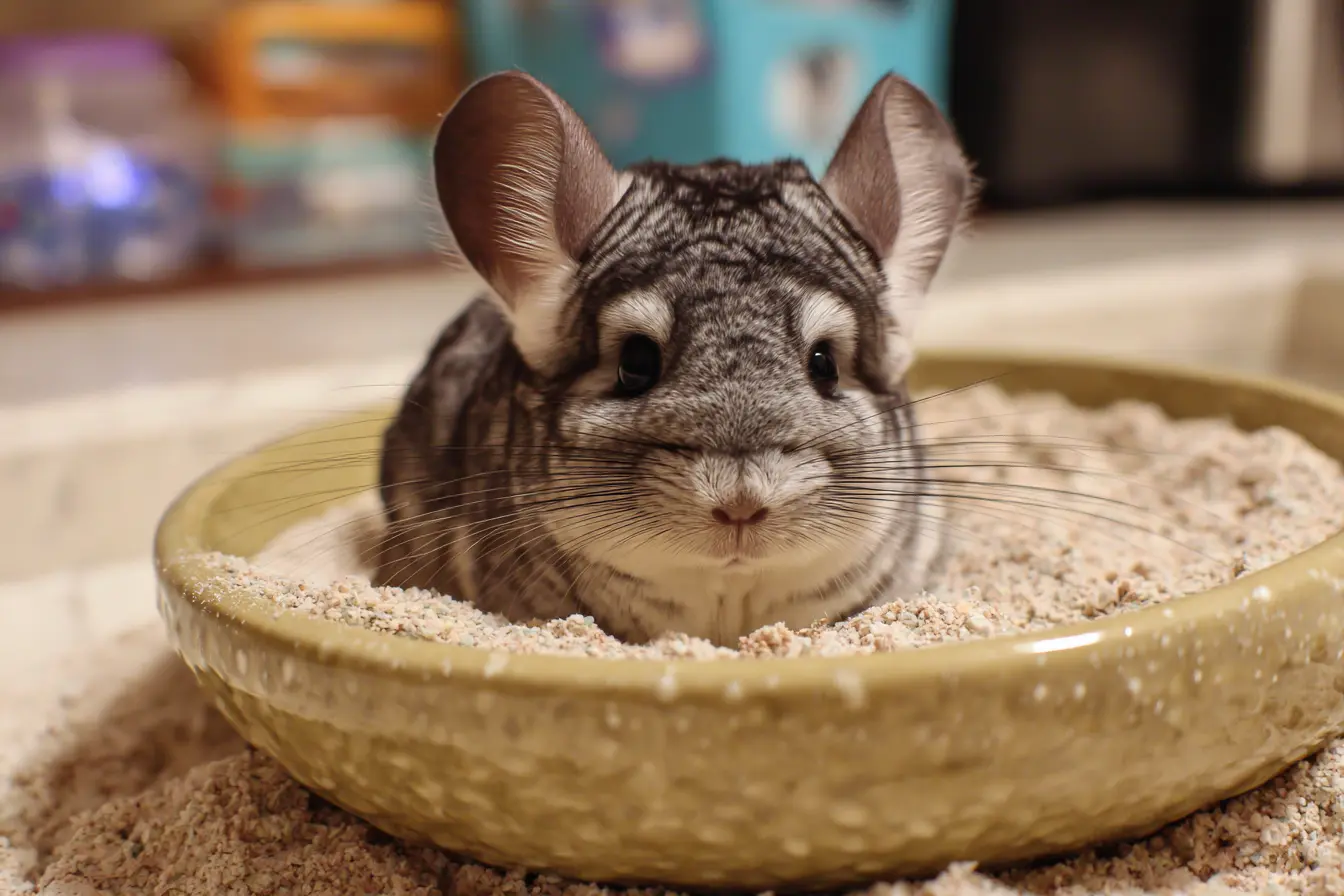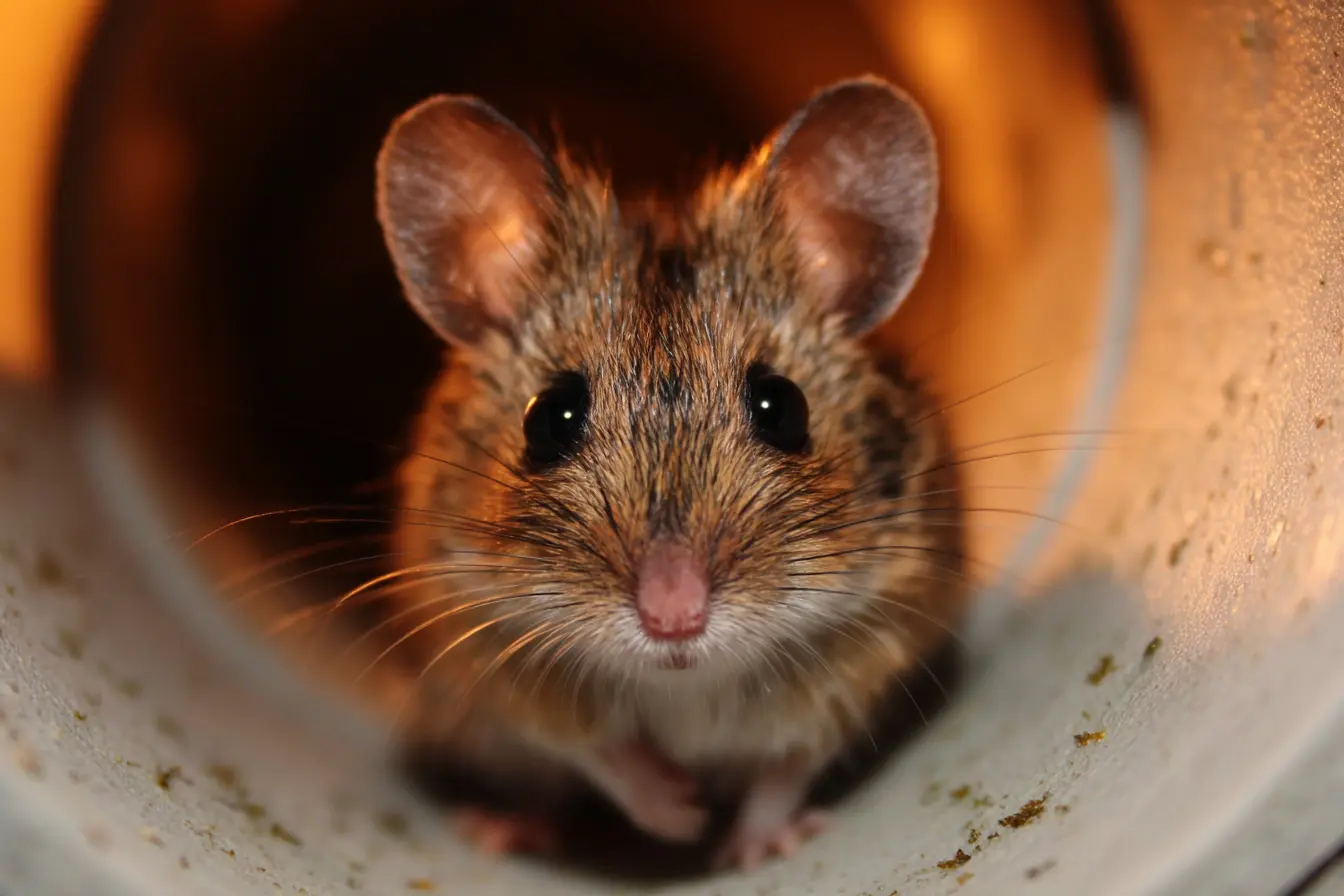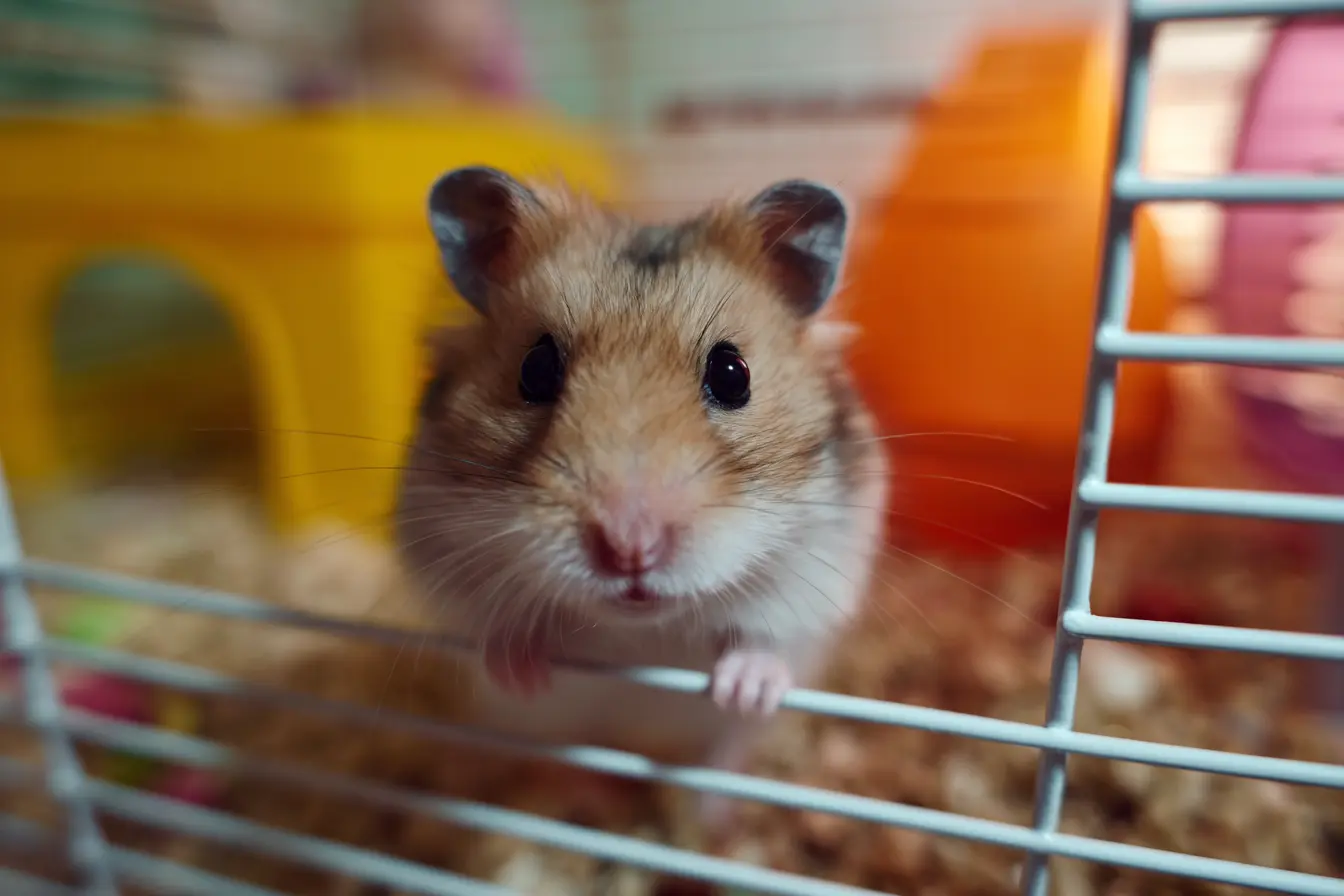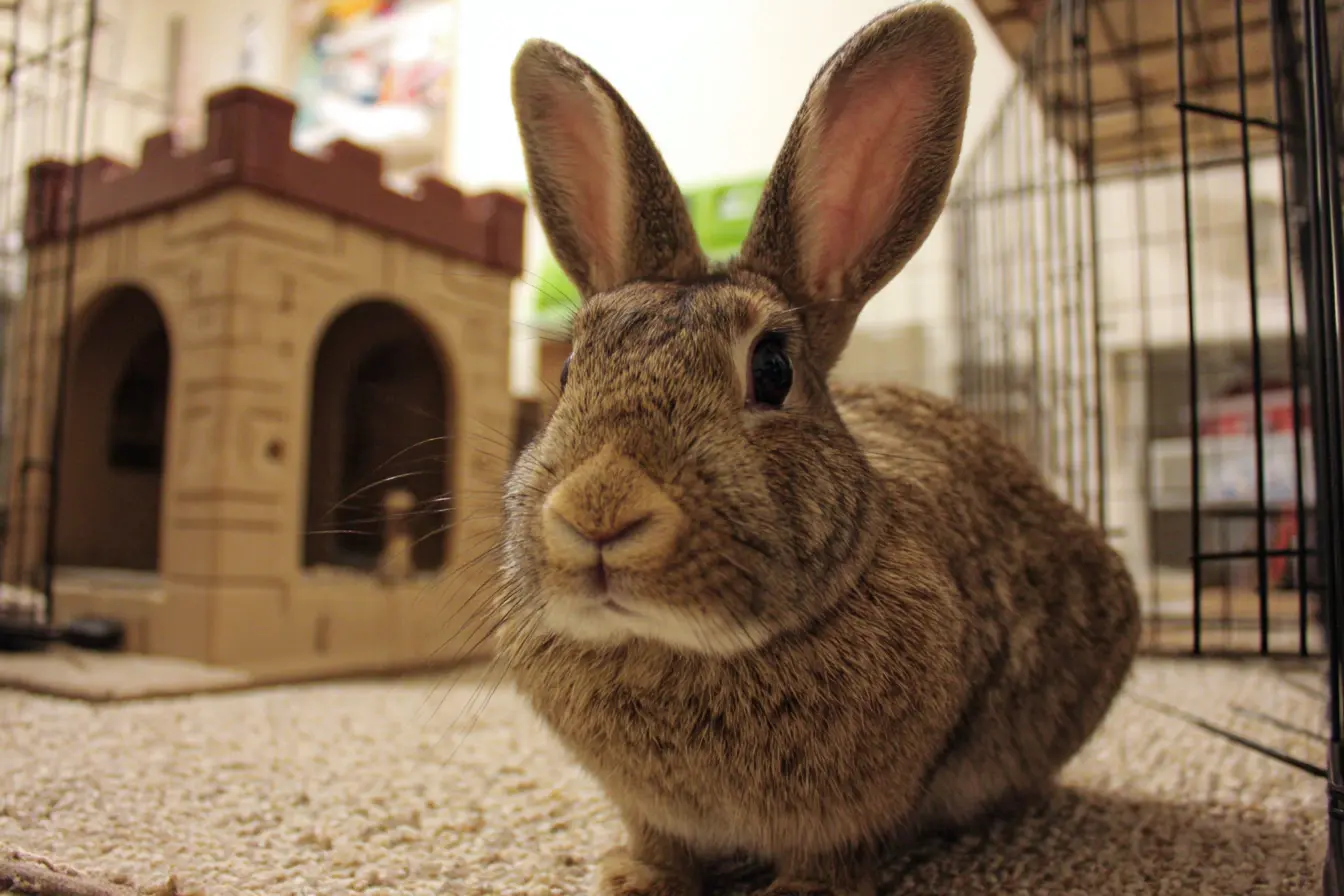
Choosing the Right Cage for Pet Rabbits
Rabbits are intelligent, social animals that need much more than a small hutch or cage. For many years, rabbits were mistakenly viewed as low-maintenance pets that could live in compact enclosures. In reality, rabbits require ample space, daily enrichment, and opportunities for exercise in order to thrive. Choosing the right housing for your rabbit is essential to ensure their health, happiness, and longevity.
This guide will help you understand what to look for in a rabbit enclosure and how to create a space that supports their natural behaviours and wellbeing.
Understanding a Rabbit’s Needs
Rabbits are active animals that enjoy running, digging, stretching, and foraging. In the wild, they cover large distances and live in complex burrow systems. Domesticated rabbits retain many of these behaviours and must be housed in a way that reflects them.
Rabbits are also highly social and should not be kept alone. A bonded pair or group of rabbits requires more space than a single rabbit, but even a single rabbit should never be confined to a cage all day. Housing must be designed to support both resting and active behaviours.
Rethinking the Idea of a Cage
The traditional concept of a rabbit cage is outdated. A small cage or hutch is never suitable as a full-time home. Instead, consider the cage or hutch as a sleeping or resting area within a much larger living space. Modern rabbit housing may include:
- A large indoor enclosure or exercise pen
- A shed or wendy house connected to a secure run
- A free-roam room or area within the home
- A hutch and run combo, with constant access to both
Rabbits need at least 3 m x 2 m of space, with a minimum height of 1 m, available at all times. This is the absolute minimum and should not be considered sufficient on its own.
Indoor vs Outdoor Housing
Indoor rabbits can live in playpens, large enclosures, or free-roam spaces. The area must be rabbit-proofed to prevent chewing wires, toxic plants, or unsafe furniture. Carpets and rugs provide traction and comfort, while hard floors should be covered to prevent slipping.
Outdoor rabbits need protection from predators, extreme temperatures, and damp weather. A secure hutch or shed should be connected to a spacious run with strong mesh and a solid base to prevent digging out or predators getting in. The area must be insulated, ventilated, and raised off the ground.
Whether indoors or outdoors, rabbits must have year-round shelter and plenty of space for physical and mental stimulation.
Flooring and Bedding
Hard floors can cause pressure sores or discomfort. Use soft materials like:
- Vet bed or fleece liners
- Straw or hay for nesting
- Paper-based bedding
- Rubber mats for grip and insulation
Wire floors are completely unsuitable and can injure a rabbit’s feet. All surfaces should be solid and easy to clean.
Provide plenty of hay, which rabbits will both eat and lie in. Change bedding frequently to maintain hygiene and prevent respiratory problems from ammonia build-up.
Accessibility and Hiding Spots
Rabbits need multiple hiding places where they can feel safe. Include hideouts, tunnels, cardboard boxes, or wooden houses in their enclosure. Each rabbit should have access to their own hiding space if housed in pairs or groups.
All openings in the enclosure must be easy for the rabbit to access. Avoid steep ramps or platforms unless they are gently sloped and have non-slip surfaces. Ensure doors or gates are secure but easy for you to open for cleaning and handling.
Enrichment and Stimulation
Rabbits are intelligent and curious animals that benefit from a stimulating environment. Offer a variety of toys and activities to keep them entertained, such as:
- Cardboard boxes and tubes
- Willow balls and chew toys
- Digging boxes filled with soil or shredded paper
- Foraging trays or hidden treats
- Platforms to jump on and off safely
Rotate toys regularly and introduce new items to prevent boredom. Enrichment supports mental health and helps prevent destructive or aggressive behaviour.
Litter Training and Hygiene
Most rabbits can be litter trained, especially if spayed or neutered. Provide a litter tray in a corner of the enclosure, lined with paper-based litter and topped with hay to encourage use.
Clean litter trays daily and refresh water and food bowls or bottles regularly. Weekly deep cleans of the entire enclosure help control odours and bacteria.
Temperature and Ventilation
Rabbits are sensitive to extreme temperatures. They tolerate cold better than heat but must be protected from both. Keep their environment between 10 and 20°C where possible.
Ensure good ventilation to prevent dampness and respiratory issues, but avoid draughts. Outdoor enclosures must be fully waterproofed and insulated in winter and shaded in summer.
Social Housing and Space
Rabbits should be kept in pairs or groups to meet their social needs. Housing must be large enough to support this, with separate areas to rest, eat, hide, and explore. Unneutered rabbits should not be kept together to avoid unwanted litters or aggression.
Introducing new rabbits should be done gradually, ideally using a neutral area and supervised bonding sessions. Once bonded, rabbits should not be separated for long periods.
Summary
A good rabbit enclosure offers constant access to secure, spacious ground-level living, with soft flooring, hiding spots, and plenty of enrichment. It must support social living, be well-ventilated, and protect against weather or indoor hazards. With the right setup, your rabbits will stay healthy, active, and content.
Vets near you
Speciality vets
- Aquatics vet specialists
- Birds vet specialists
- Camelids vet specialists
- Cats vet specialists
- Cattle vet specialists
- Deer vet specialists
- Dogs vet specialists
- Equines vet specialists
- Exotic vet specialists
- Goats vet specialists
- Pigs vet specialists
- Poultry vet specialists
- Sheep vet specialists
- Small Mammals vet specialists
- Wild vet specialists
